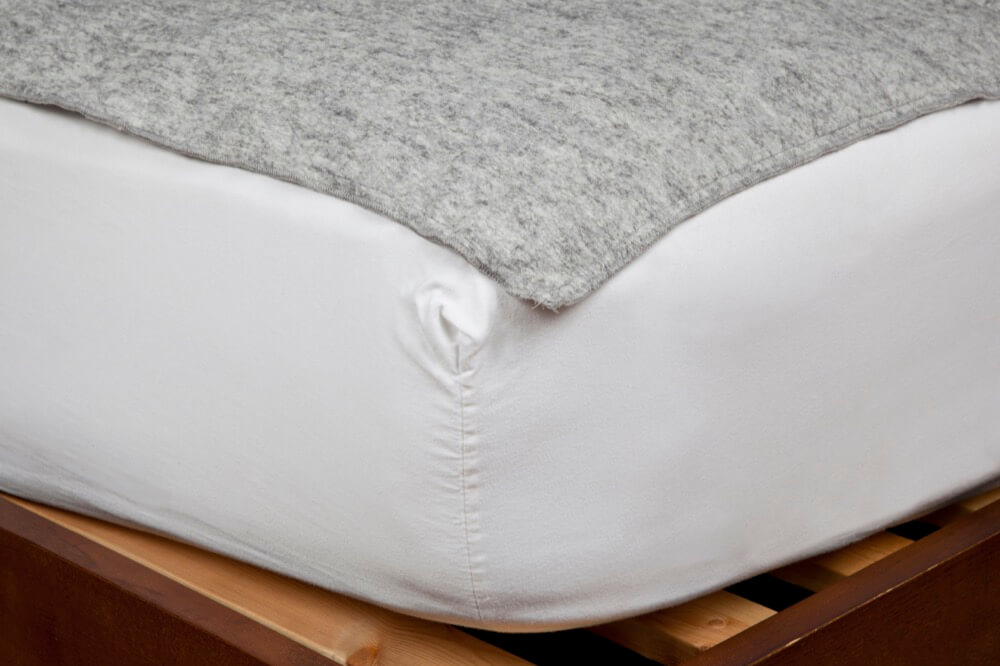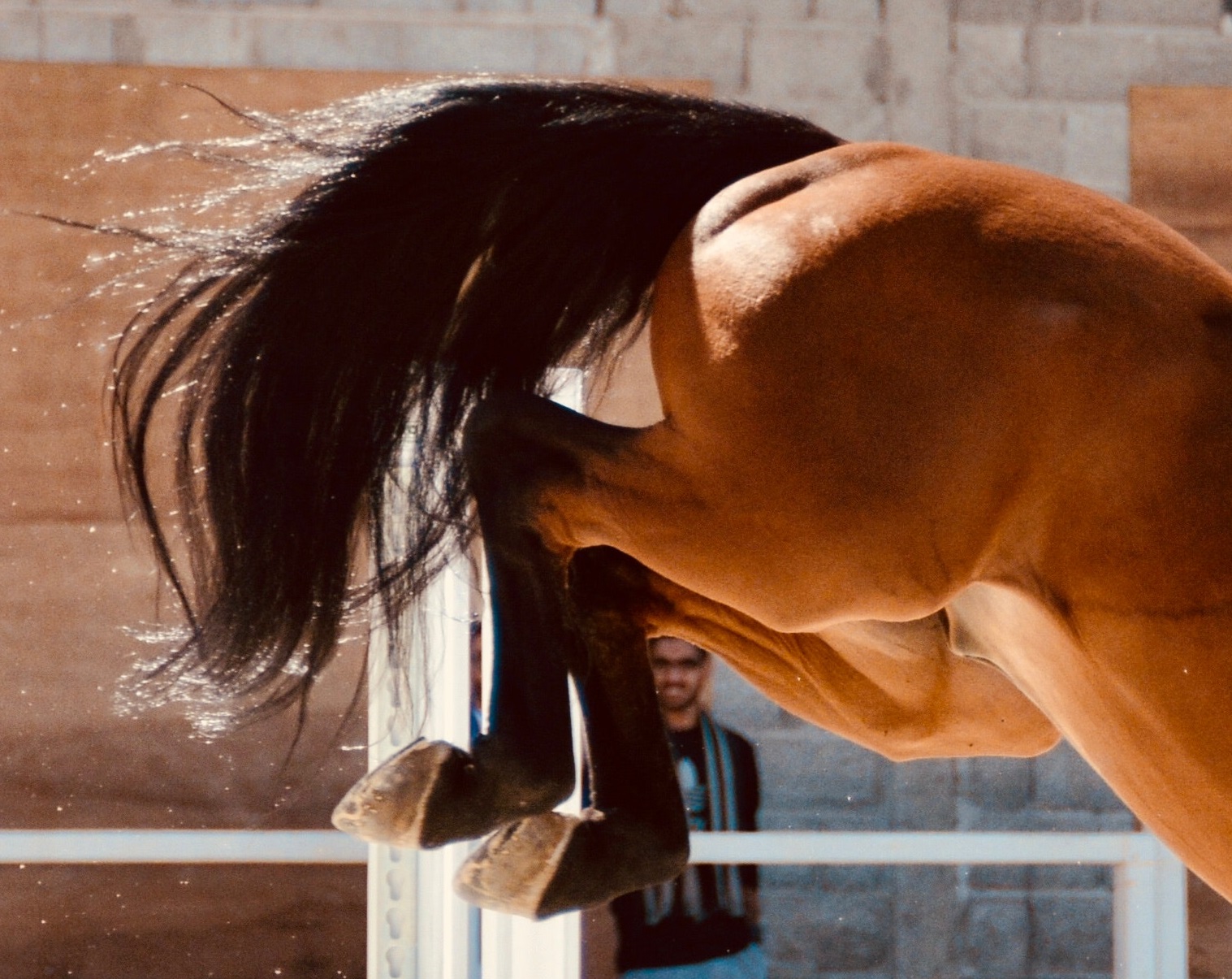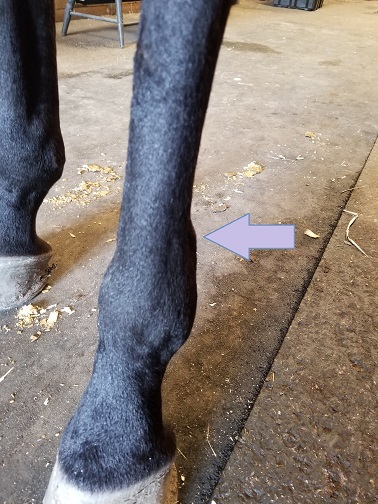Keeping Healthy and Safe during Winter Riding
When the temperatures drop and the days get shorter, equestrians are among the first to complain! The horses get fuzzy, water buckets start to freeze, and nobody wants to ride if they’re frozen from the extra barn chores that winter brings with it. Those of us on the east coast have had a rough January, and with Punxsutawney Phil saying six more weeks of winter, now is the best time to double check your winter riding program to make sure you’re doing what’s best for your horse.
Take the time to warm up properly. Horses don’t live in heated houses, so it might be easy to forget that when we get out of our warm trucks and pull our best friend out of the field, he may be extra stiff from standing in the colder air. In winter, horses tendons, ligaments and muscles need extra time to warm up and get supple before we ask them to do work. Winter is a good time to work on all of those “boring” exercises your trainer wants you to do at the walk! Add some extra walk time to your riding regimen to make sure your partner is ready to work without stressing his body. This time of year is particularly hard on a horse’s back, so consider riding with a quarter sheet to protect your horse’s back. Therapeutic quarter sheets from Draper Therapies are woven with Celliant fabric to provide a temporary increase in circulation to muscles and regulate your horses’ body temperature.

Check footing carefully. Even if you’re blessed with an indoor arena, flash-freezes and long stretches of low temperatures can make footing in the winter a total nightmare. A good way to check questionable footing is to see if you or your horse are leaving footprints in the ground – if the footing can’t displace weight, any steps are going to be jarring to the horses’ leg joints. In winter, I also switch from boots to wraps to add extra support and help ligaments warm up and loosen before working. therapeutic polo wraps are a great addition to your winter gear. For extra support and therapeutic benefits, try the Draper Perfect Polos, that combine the traditional Saratoga Bandage with draper’s Celliant polo wraps.

Allow yourself enough time to properly cool out your horse! Throughout winter, I hear people in the barn complain that their horses are taking too long to dry off! They curry and brush, curry and brush to no avail – one young rider at my barn has taken to bringing out shammy towels to dry her pony. Coolers and anti-sweat sheets are the solution. Anti-sweat sheets do a great job of wicking away sweat while preventing a chill – cold air blowing on a warm and sweaty back is a quick way to cause muscle problems – and therapeutic anti sweat sheets come with the added benefit of regulating body temperature to be sure your horse cools down safely. Draper’s therapeutic wool cooler is perfect for wicking away sweat after a ride with a clipped horse and helps keep your horse warm, supple, and ready to go while standing around at those winter horse shows.

Keep yourself dry and dress in layers. With all the focus we put on our horses (rightfully so!), equestrians tend to forget about our own comfort. From getting your tack out, bringing your horse in, grooming, tacking up, checking footing, riding, cooling out, and currying until your arms fall off – we’re out in the cold for a long time! Remember to dress in layers, wear a hat and gloves to prevent losing any extra body heat, and keep your feet dry! On that last bit, a nice pair of Celliant socks from Draper make the perfect warm winter socks to keep your feet toasty.
Unless you’re lucky enough to be a Florida snowbird, riding through winter is something that equestrians have to learn to deal with. If you’ve got a good plan, the right tack, and a positive attitude, though, you can turn your sub-freezing rides into quality barn time. So, bring it on, Punxsutawney Phil – six more weeks won’t stop me from riding!





Leave a Reply